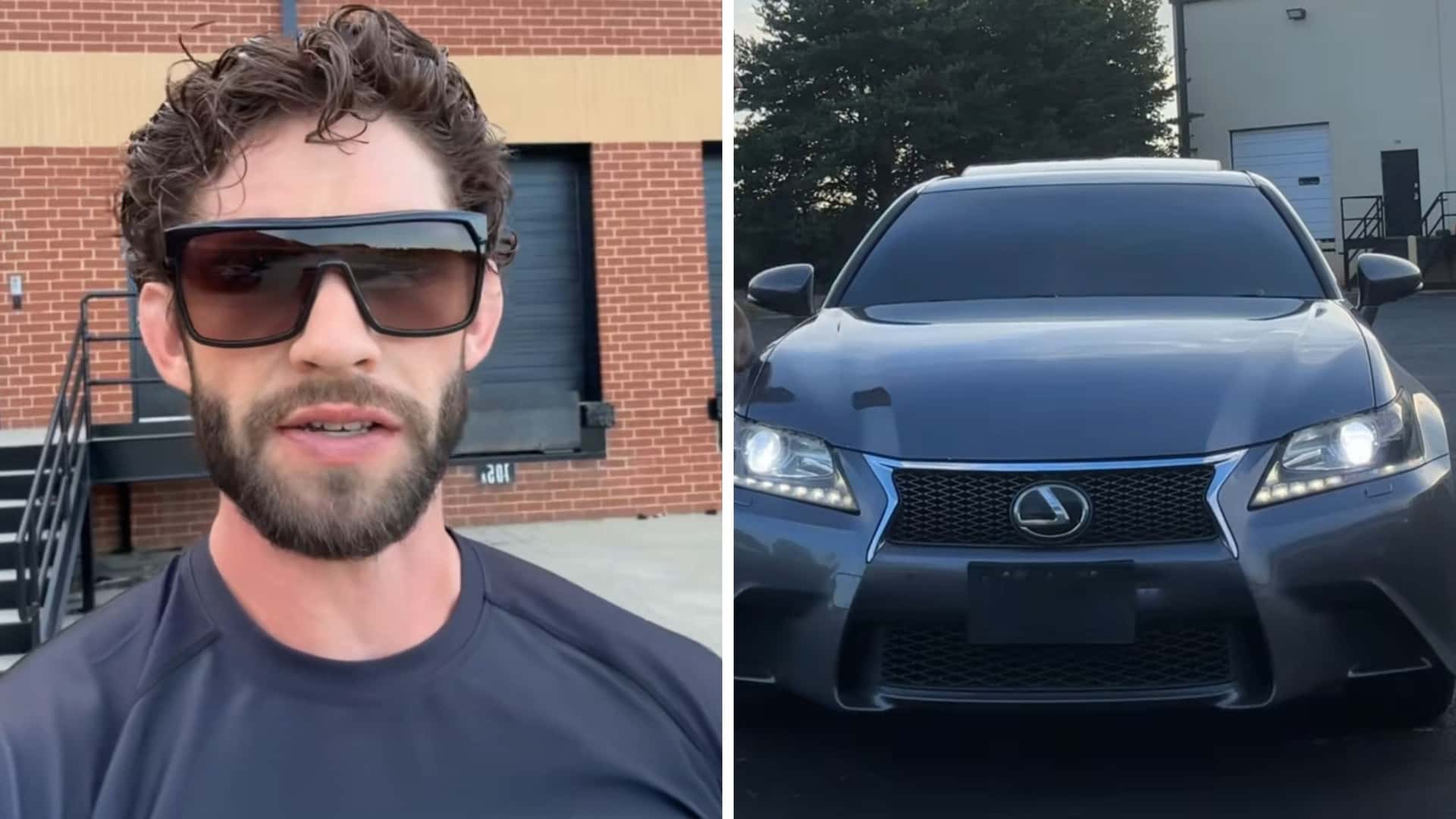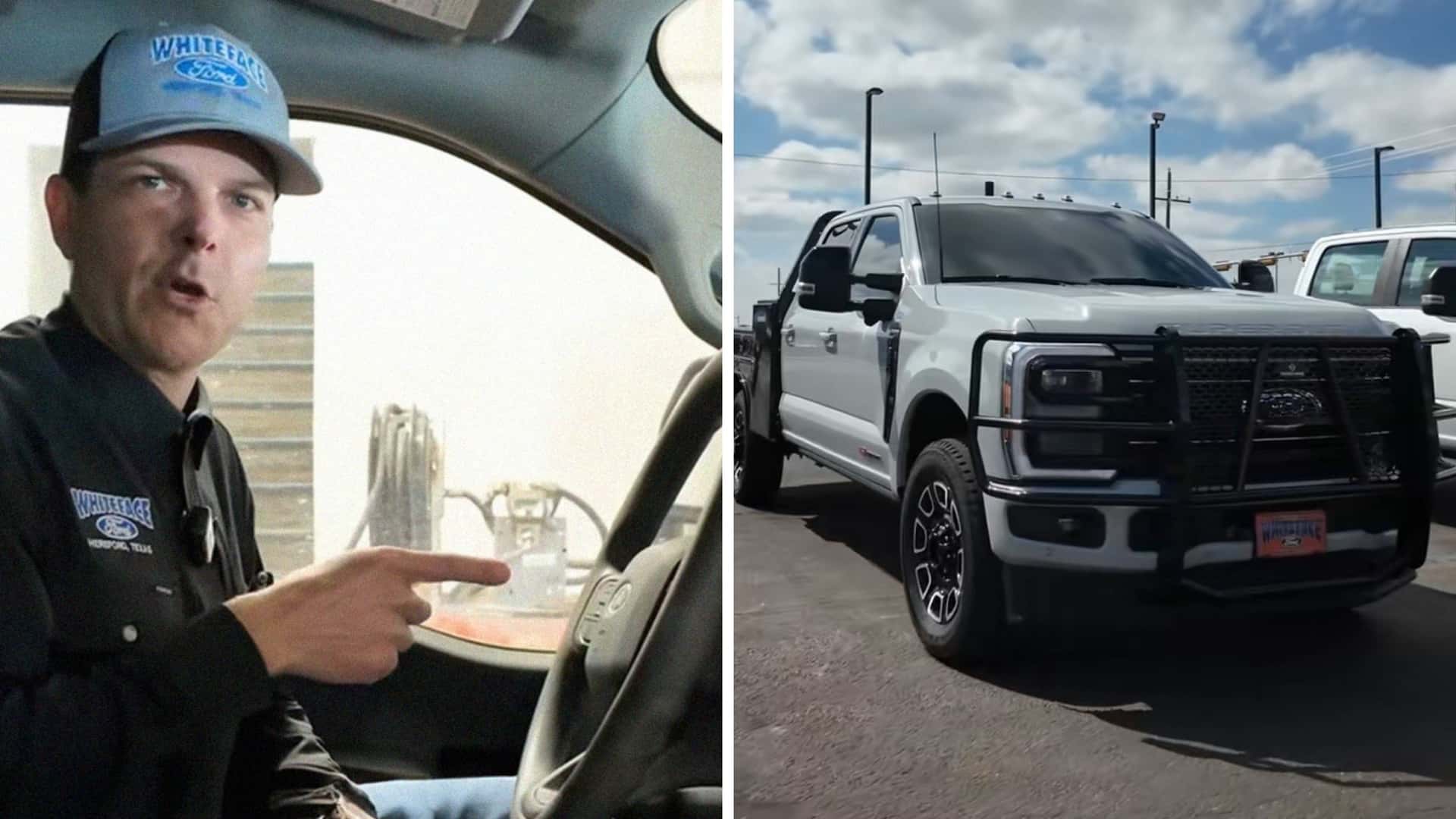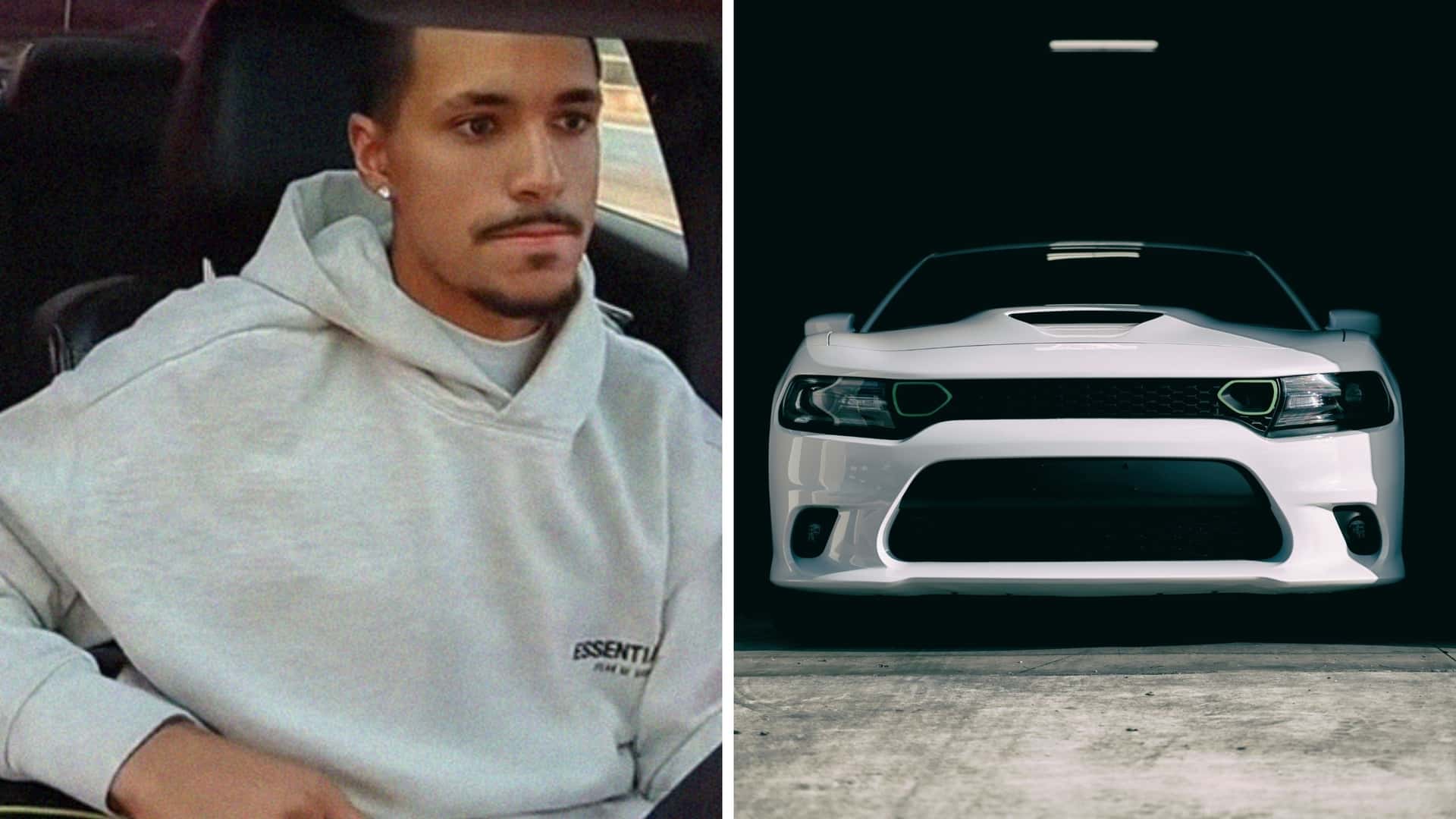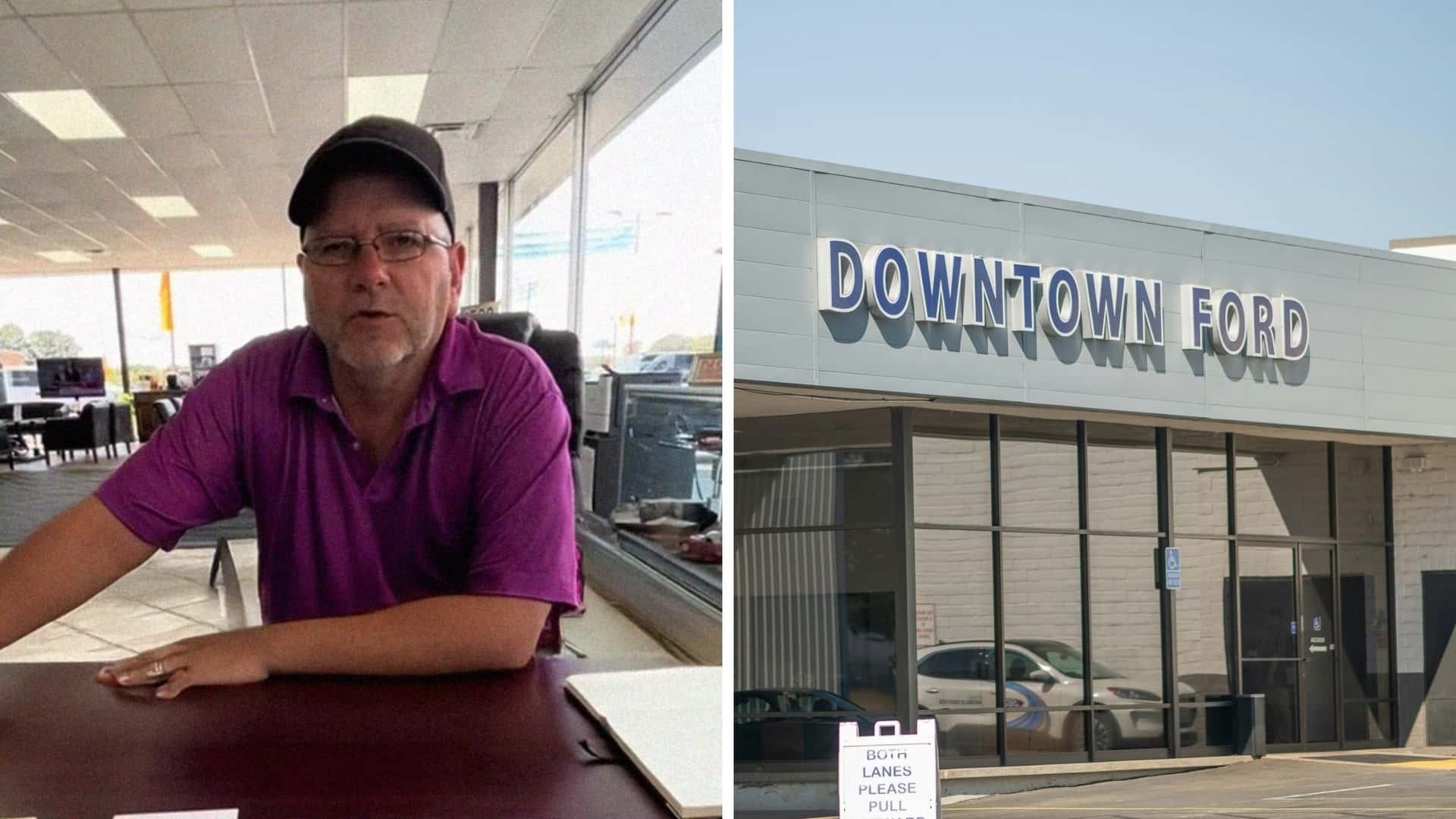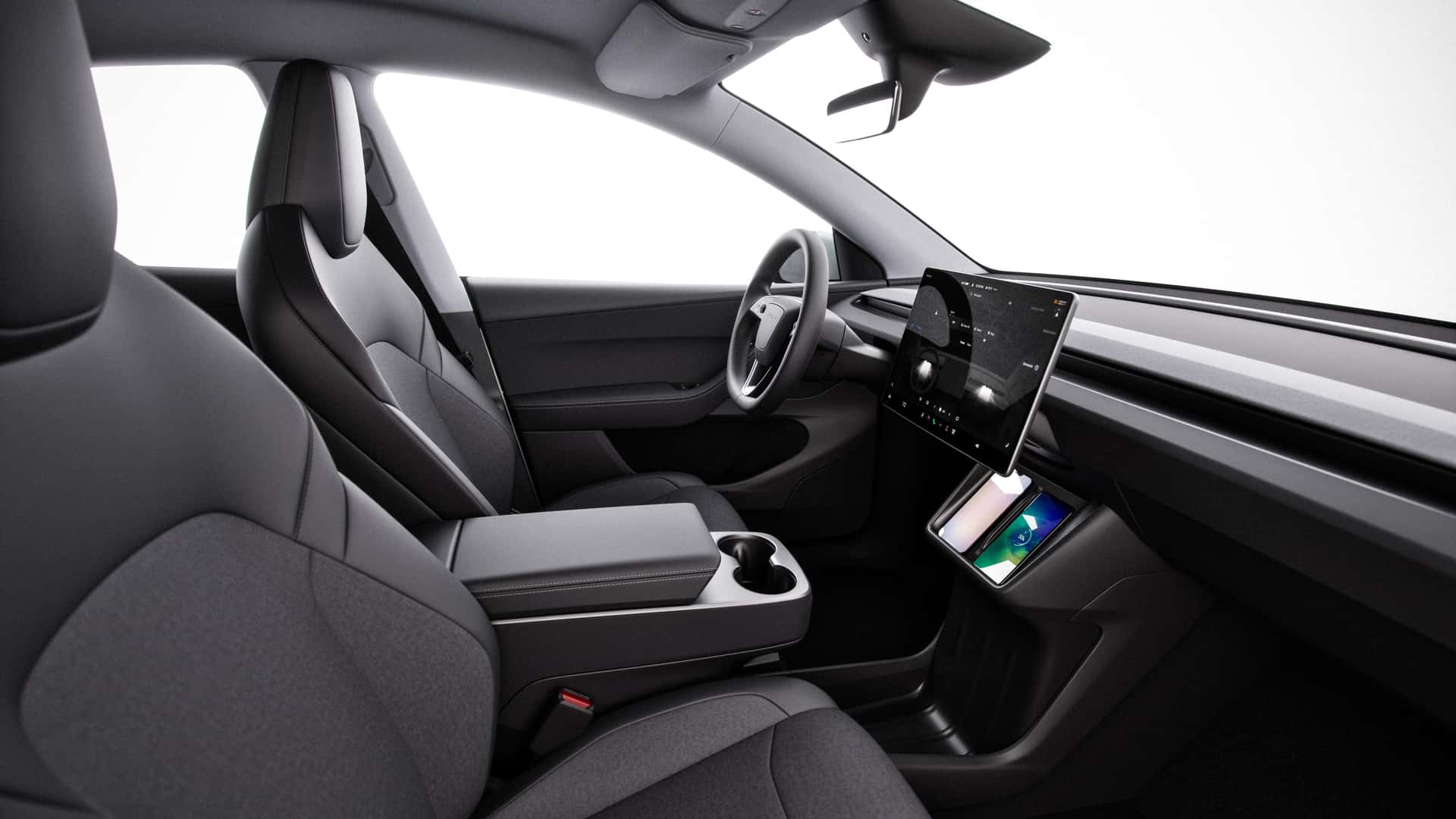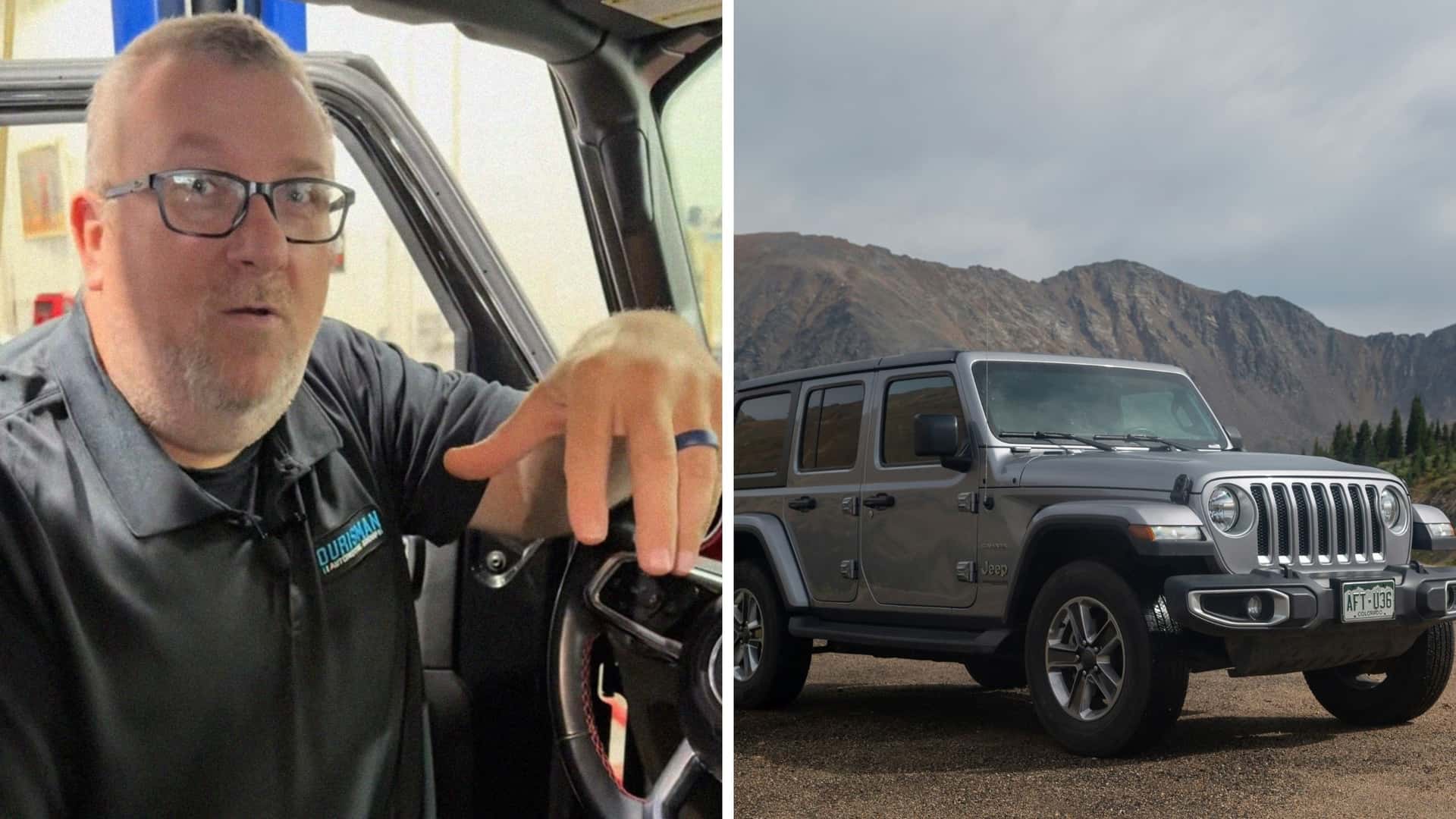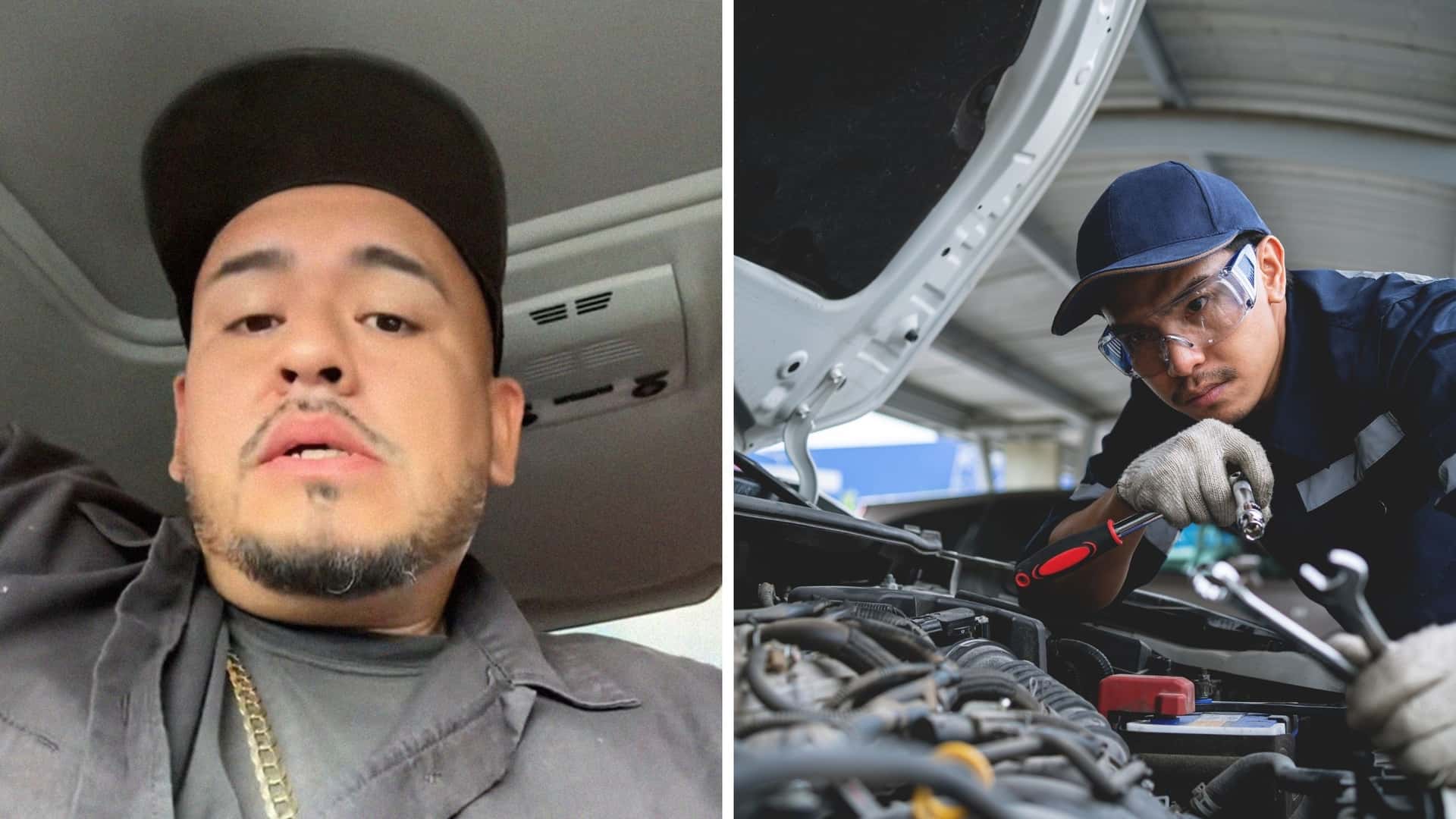
The mystery wasn’t the broken AC. It was how to charge for fixing it too quickly.
A Texas mobile mechanic’s TikTok has sparked hundreds of comments from car owners and technicians over one thorny yet straightforward question: When diagnosis becomes repair, where does the labor meter begin?
The viral clip from Jeff The Mechanic (@jeff_the_mechanic) illustrates a very valid dilemma for automotive techs trying to be service-first while also capturing the appropriate level of compensation for their experience and expertise. If a diagnostic check reveals a simple fix that the owner could perform on their own, is Jeff required to tell them that?
“You're not paying for what got done,” he said in the clip that’s been viewed more than 65,000 times. “Sometimes, you're paying for the experience.”
The Texas Mobile Mechanic’s Dilemma
Jeff sets the scene: three mechanics—each failing to resolve the issue—had already turned away the customer’s A/C problem. The prior techs replaced the compressor, tested fuses, and poked around without success. When Jeff arrived, he followed the expected diagnostic steps: he connected gauges, confirmed the compressor was getting power, bypassed the relay, and eventually discovered a missing fuse in the climate-control panel. Once he inserted the fuse, the A/C system sprang to life; the condenser fan spun, the compressor activated, and he even topped off Freon to fine-tune pressures.
All of this happened in what he considered his diagnostic window. But Jeff’s dilemma is precisely what he pitched to TikTok viewers: Should he charge only the nominal diagnostic fee, or does the fact that he “fixed it” entitle him to more? He acknowledged in the video that the customer might balk: “I thought it was $95 to diagnose it, and if I wanted it done, I would’ve told you.” Should he transparently reveal the cause and let the customer do it themselves? Or should he withhold details until the customer agrees to pay for the repair labor?
In conventional repair shops, this tension is less ambiguous. Many shops roll diagnostic fees into the final bill if a customer approves the repair; if not, the customer still pays for the time spent diagnosing the issue. As RepairPal explains, an estimate is constructed from parts, labor, diagnostic time, and overhead, and the diagnostic component may or may not be refundable. Overhead, such as facility costs, tool amortization, training, and administrative staff, must also be recovered in the labor rate.
FROM THE TRENDING NEWS DESK
Viral bits from across the social media landscape
Our team of experts tracks what's trending so you don't have to—from viral videos to online debates that have everyone talking.
RepairPal’s cost estimator helps consumers see the average diagnostic ranges. Their tool places the “general diagnosis” between $122 and $179, before taxes and additional fees. Likewise, Check Engine Light diagnostics typically range from $122 to $233, depending on complexity and region. While these refer to shop-based diagnostics, they set useful benchmarks for assessing fairness in mobile contexts.
Experience and Expertise
Mobile mechanics, however, walk a tighter line. They bring their own tools, travel time, parts stock, and risk. Many mobile operators have to price accordingly: Some reports show mobile mechanic services spanning $20 for a trivial scan all the way up to several hundred dollars for complex work, depending on region and what’s required. Because mobile mechanics bear travel and parts-carrying overhead, their rates often reflect both convenience and risk. A mobile mechanic’s “diagnostic call” is not just time with a scanner; it can also include driving, lighting, safety, and initial troubleshooting.
One mobile mechanic entrepreneur on Reddit once proposed offering “mobile diagnostic reports for $99”—coming to the customer, printing the issue, and leaving, letting the customer choose whether to repair it themselves or bring that report to a shop. That model reflects the view that diagnostics are inherently a service with their own value, separate from parts and labor. However, it also raises the question: If you already fixed it during diagnosis, which bucket does it belong in?
Consumer advocates recommend transparency. The National Institute for Automotive Service Excellence encourages service providers to clearly explain diagnostic fees, including what they cover and when they apply toward repairs.
Jeff’s video touches on evolving tensions in on-demand service models. As more repair services transition to mobile or gig-style arrangements, the lines between “consult,” “diagnose,” and “repair” become increasingly blurred. For mobile techs, the old distinction between walking into a shop and writing a ticket at your car fades. The social media era amplifies every decision since customers see how quickly the work was done, raising the question: Was that skill or luck?
What should someone expect to pay in Jeff’s scenario? The diagnostic fee (say $95) plus parts (fuse, small refrigerant top-off) and time spent troubleshooting. If Jeff charged just the diagnostic, the customer might leave feeling slighted that he “removed the fuse himself.” Conversely, if Jeff attempts a full repair fee, he risks backlash: “You fixed it in five minutes—why charge me full labor?”
Jeff’s TikTok debate is a reminder that in the repair world, time, transparency, and trust are as valuable as torque. For every mobile technician who’s ever hesitated about “revealing too much,” Jeff’s video becomes a microcosm of that risk, and a conversation starter about what repair expertise truly costs.
Motor1 reached out to Jeff via direct message. We’ll be sure to update this if they respond.


















